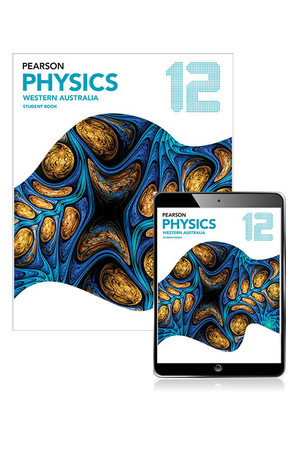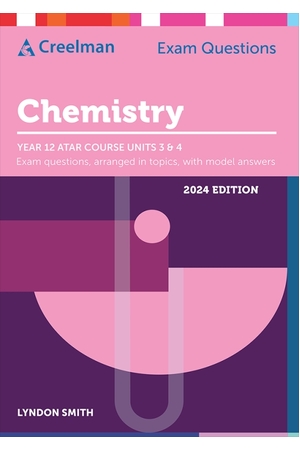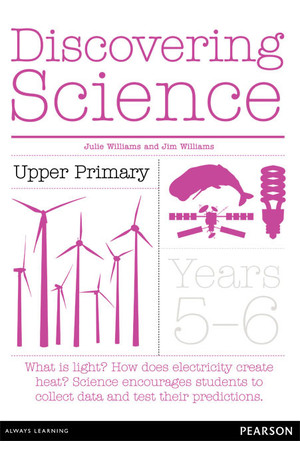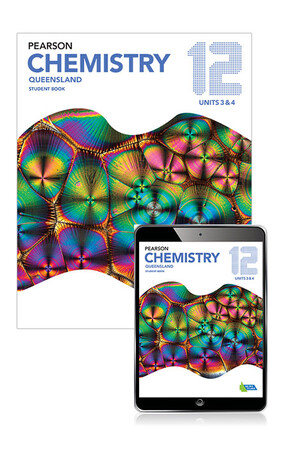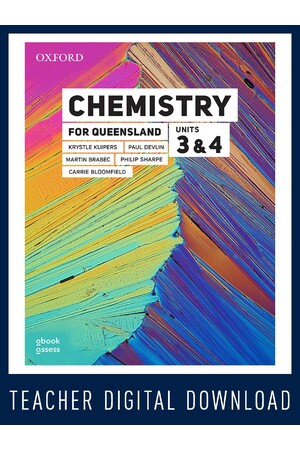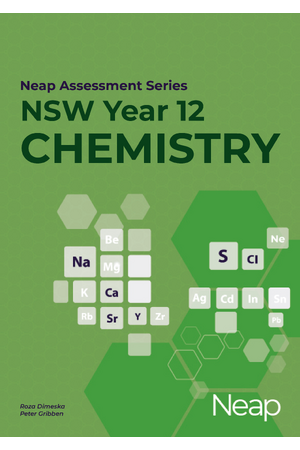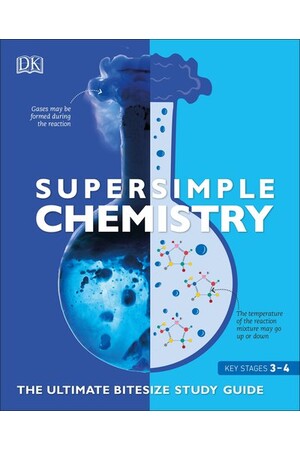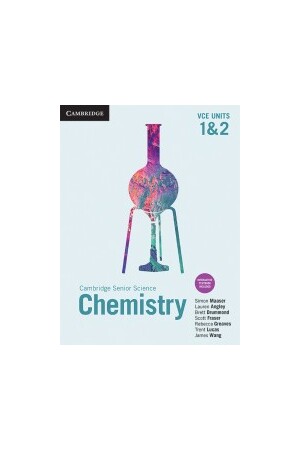Part of the series Pearson Science - Western Australia.
View all products in this series
Developed by highly-experienced, expert author teams, Pearson Chemistry 12 - Western Australia is written in alignment with the Western Australian Chemistry Syllabus. Each Student Book comes with Reader+, the next generation eBook.
- Chapter opening page links the syllabus to the chapter content. Science Understanding and Science as a Human Endeavour addressed in the chapter is clearly listed
- Chemistry in Action boxes place chemistry in an applied situation or relevant context and encourage students to think about the applications, consequences and issues raised by chemistry in the real world. Worked Examples scaffold problems and guide students through solving them. Each worked example is followed by a Try Yourself. This allows students to immediately test their understanding
- Highlight boxes focus students’ attention on important information such as key definitions, formulae and summary points
- Each section includes a summary to assist students consolidate key points and concepts. Each section finishes with questions to test students’ understanding and ability to recall the section’s key concepts
- Each chapter finishes with a set of higher order questions to test students’ ability to apply the knowledge gained from the chapter
- Each unit finishes with a comprehensive set of exam-style questions that assist students draw together their knowledge and understanding and apply it to this style of questions
Reader+ features:
Reader+ gives you access to the eBook version of your Student Book as well as bonus multimedia assets. It’s built to work both online and offline, making content easily available anytime, anywhere, in every school. Learners can quickly navigate through their ebooks, read them, take notes and save bookmarks.
Contents:
Part 1: Rates of reactions
- 1.1 Rate of a chemical reaction
- 1.2 Factors which influence reaction rate
Part 2: Equilibrium
- 2.1 Chemical systems
- 2.2 Dynamic equilibrium
- 2.3 The equilibrium law
- 2.4 Working with equilibrium constants
- 2.5 Le Châtelier’s principle
- 2.6 Further applications of Le Châtelier’s principle
Part 3: Equilibrium systems in the environment
- 3.1 Carbon dioxide in the atmosphere
- 3.2 Carbon dioxide in the oceans
- 3.3 Modelling and responding to climate change
Part 4: Acids and bases
- 4.1 Introducing acids and bases
- 4.2 Strength of acids and bases
- 4.3 Acidity of solutions
- 4.4 Dilution of acids and bases
- 4.5 pH of salt solutions
Part 5: Buffers
- 5.1 Introducing buffers
- 5.2 How buffers work
- 5.3 Application of buffers
Part 6: Indicators
- 6.1 Characteristic of indicators
- 6.2 Common indicators
- 6.3 pH range of an indicator
Part 7: Volumetric analysis
- 7.1 Analysis of acid and base solutions
- 7.2 Standard solutions
- 7.3 Calculations involving acids and bases
- 7.4 Volumetric analysis
- 7.5 Calculations in volumetric analysis
Part 8: Redox reactions
- 8.1 Oxidation and reduction
- 8.2 Oxidation numbers
- 8.3 More complex redox reactions
- 8.4 The reactivity series of metals
Part 9: Galvanic cells
- 9.1 Galvanic cells
- 9.2 The electrochemical series
- 9.3 Predicting direct redox reactions
- 9.4 Everyday sources of power
- 9.5 Corrosion
Part 10: Electrolytic cells
- 10.1 Electrolytic cells
- 10.2 Industrial applications of electrolysis
Part 11: Key products
- 11.1 Yield and the chemical industry
- 11.2 Calculations involving limiting reagents
- 11.3 Some key products
Part 12: Resources and the environment
- 12.1 Principles of green chemistry
Part 13: Structure of organic molecules
- 13.1 Diversity of carbon compounds
- 13.2 Functional groups
- 13.3 Properties of organic compounds
- 13.4 Isomers
- 13.5 IUPAC nomenclature
- 13.6 Determining empirical and molecular formula of organic compounds
Part 14: Reactions of organic compounds
- 14.1 Chemical properties of alkenes
- 14.2 Chemical properties of alcohols
- 14.3 Chemical properties of carboxylic acids
- 14.4 Chemical synthesis
Part 15: From monomers to polymers
- 15.1 Introducing Polymers
- 15.2 Addition Polymers
- 15.3 Condensation Polymers
- 15.4 Designing Polymers for a Purpose
Part 16: From fats and oils, to soaps and biodiesel
- 16.1 Fats and oils
- 16.2 Production of soaps and detergents
- 16.3 Production of biodiesel
Part 17: Biochemistry: How does nature build molecules?
- 17.1 Amino acids
- 17.2 The formation of proteins
- 17.3 Primary and secondary structures of proteins
- 17.4 Protein tertiary structure
Part 18: Uses of proteins
- 18.1 Investigating proteins
- 18.2 Enzymes
- 18.3 Factors affecting enzyme function
- 18.4 Enzymes in industry
Part 19: Practical investigations
| ISBN | 9781488617737 |
| Publisher | Pearson |
| Product Type | Student Books, |
| Year Level | Year 12, |
| Author(s) | Geoff Quinton, John Clarke, Allan Knight, Don Marshall, Nicholas O'Brien, Claire Molinari, Phil Jones, Penny Commons, Chris Commons, Erin Brun & Faye Jeffrey |
Be The First To Review This Product!
Help other Teacher Superstore users shop smarter by writing reviews for products you have purchased.








